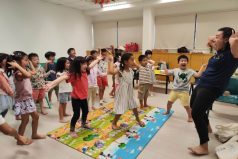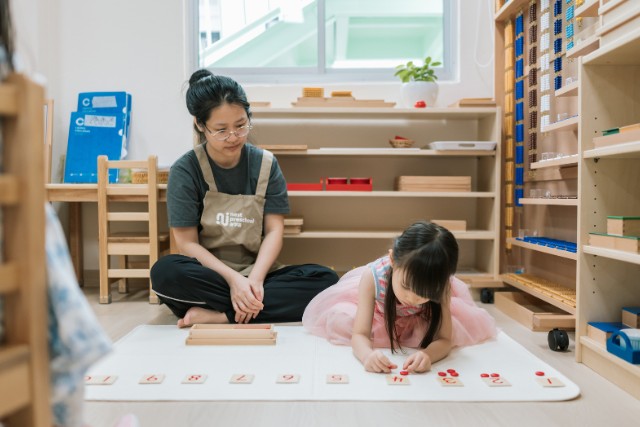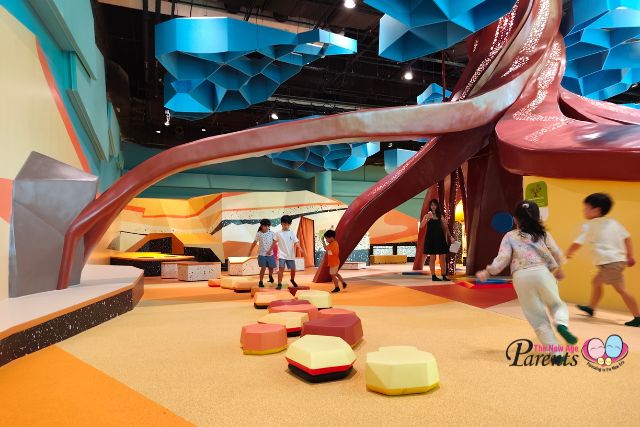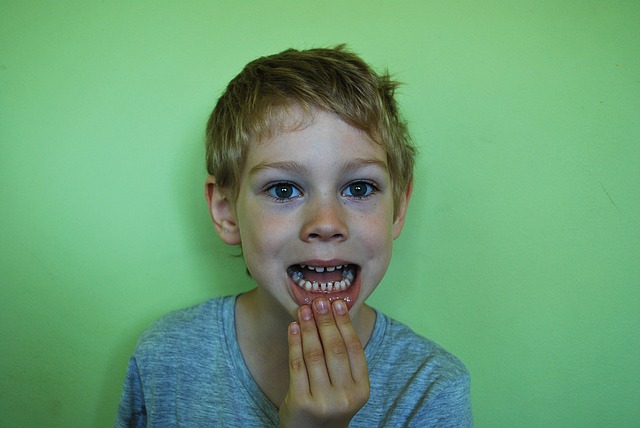The environment your child studies in plays a very big role in how productive they are while studying. A 2009 study on ergonomics and productivity measured the effect of noise, lighting, temperature, furniture and spatial arrangement (the way furniture is set up). By making modifications to these variables, researchers found that the difference in productivity between the best and worst set-up was 58%. What this means is that in a well set-up room children will work at their optimal level. But in a room where your child can be distracted or uncomfortable, he or she may only be half as effective they should be.
⇒ Related Read: What Kind Of Light To Use For Studying And Reading

Here are some tips on having the right ergonomics and sitting posture.
Sitting Ergonomics
First, have your kids sit in a good seat, with their feet flat on the floor and their chair set to a comfortable height relative to their desk. The chair should be adjustable so that your child’s feet can touch the floor (or a footrest). The desk should not be too high, or you’ll see your child continually reaching for things. Too low and they will tend to slump forward.
Try to have their study materials i.e. books or computer directly in front of them, so your kids don’t have to reach too far or turn their necks too often. If they are using a computer, the keyboard and mouse should be directly in front of them and easy to reach. The top of the monitor should be at about eye level. Studies have shown that 15-20 degrees above or below eye level causes tension in the neck muscles within 30 minutes. Also, remember to check the brightness of the computer screen – too much glare can cause headaches and eyestrain.

Take Short Breaks In Between
Even with the best possible setup, the best tip is to keep moving every half hour. The most important thing is not to sit too long. Research consistently shows how the longer you sit, the more your postural muscles fatigue, causing slumping, back and neck pains. Sitting for long periods is also linked to neck tension, headaches, and fatigue, which can affect one’s ability to concentrate and retain information.
Short study breaks are the best thing to ask your children to do. Every half hour, remind them to move around, even if it is only for a minute or two. Lastly, to avoid eyestrain, we can follow the “20/20/20 rule” – every 20 minutes, look at something 20 metres away for 20 seconds.
This article is contributed by Christopher Jones.
Christopher Jones (Doctor of Osteopathy, Australia) is a published author on the treatment of pelvic pain during pregnancy and specialises in the treatment of children. For more information, visit www.chrisjonesosteo.com.au.
* * * * *
Like what you see here? Get parenting tips and stories straight to your inbox! Join our mailing list here.
Want to be heard 👂 and seen 👀 by over 100,000 parents in Singapore? We can help! Leave your contact here and we’ll be in touch.


























































